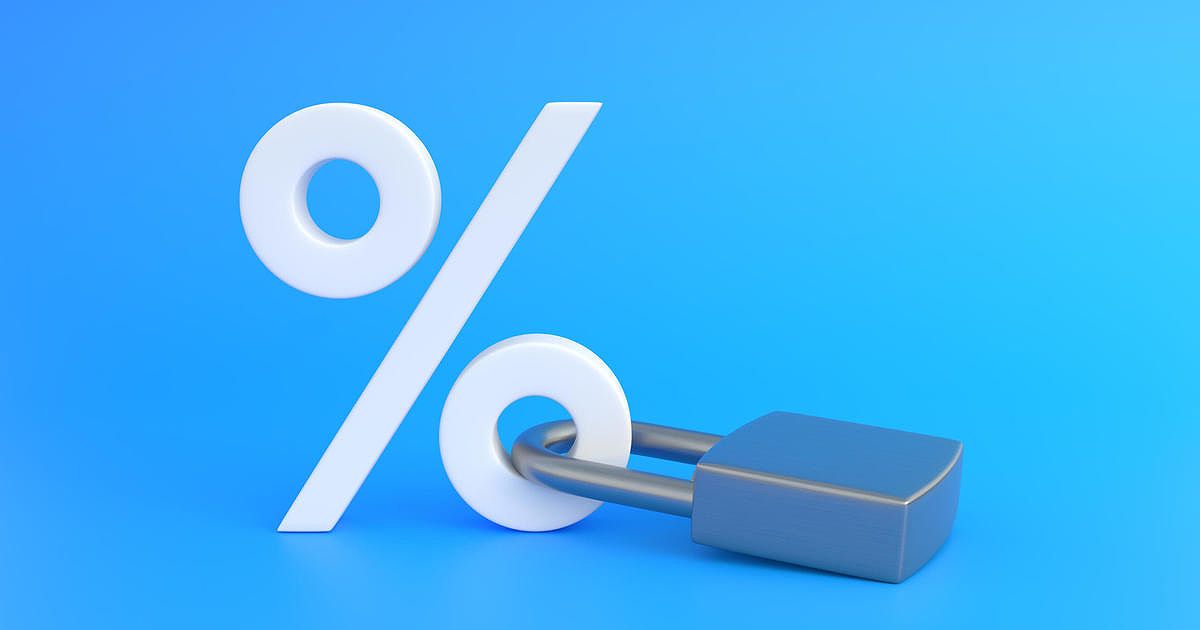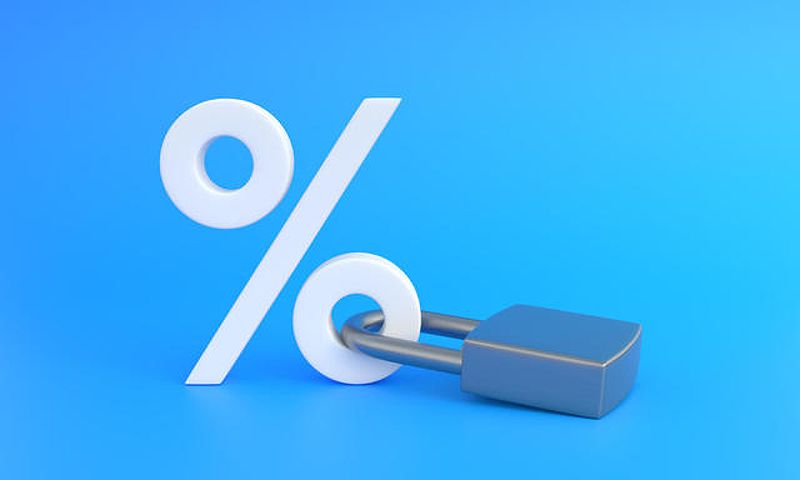Considering the potential for rates to rise again, the historically low rates currently available, and the options that exist if rates do drop, it may be beneficial for many buyers to lock in a mortgage rate now.
Why Locking in a Mortgage Rate Before the Fed’s March Meeting is a Wise Decision
As the Federal Reserve’s March meeting approaches, homebuyers are faced with a crucial decision. With the potential for rates to rise again and the historically low rates currently available, it may be beneficial for many buyers to lock in a mortgage rate now. Here are three compelling reasons why locking in a rate before the Fed’s March meeting is a wise decision.

( Credit to: Cbsnews )
1. Rates Could Rise Again

( Credit to: Cbsnews )
While it is not widely expected that the Fed will increase rates this month, the possibility cannot be ruled out. Stubborn inflation figures exceeding the target 2% goal may prompt the Fed to consider a rate increase. Even if the Fed doesn’t raise rates but hints at a delayed date for rate cuts, mortgage rates could still rise. Given the speculative nature of the market, homebuyers may be better off securing a rate now to avoid potential future turmoil.
2. Rates Are Still Historically Low
It’s important to consider the historical context when evaluating current mortgage rates. Although the current average mortgage rate of 7.18% for a 30-year term may not seem ideal, it is significantly lower than rates in previous decades. Just four years ago, the rate for the same term was around 3%, highlighting the relative affordability of today’s rates. Looking back further, average mortgage interest rates were often 10% or higher. Given these historical figures, today’s rates in the 7% range can still be considered a bargain. It is unlikely that rates will drop as low as they were in 2020 and 2021 unless significant changes occur in the market. Therefore, proceeding with a mortgage now may be a sensible decision, considering the current rate is better than average.
3. Options Exist If Rates Drop
One concern for homebuyers is the possibility of rates dropping after they have already secured a higher rate. However, there is flexibility and options available in such scenarios. Many lenders allow borrowers to unlock their current rate and relock at a lower rate until a few weeks before closing on the property. This means that if rates do fall before closing, the borrower can take advantage of the lower rate. Additionally, even if rates take longer to drop, refinancing to a lower rate in the future is always an option. However, it is important to note that buyers cannot turn back time and purchase their dream home at a lower rate. Therefore, locking in a rate now and potentially securing a lower one later can be a prudent move for many homebuyers.
In conclusion, considering the potential for rates to rise again, the historically low rates currently available, and the options that exist if rates do drop, it may be beneficial for many buyers to lock in a mortgage rate before the Fed’s March meeting. While it may not be the right move for every buyer, the uncertainty surrounding future rate cuts makes locking in a rate a wise decision for the time being.
